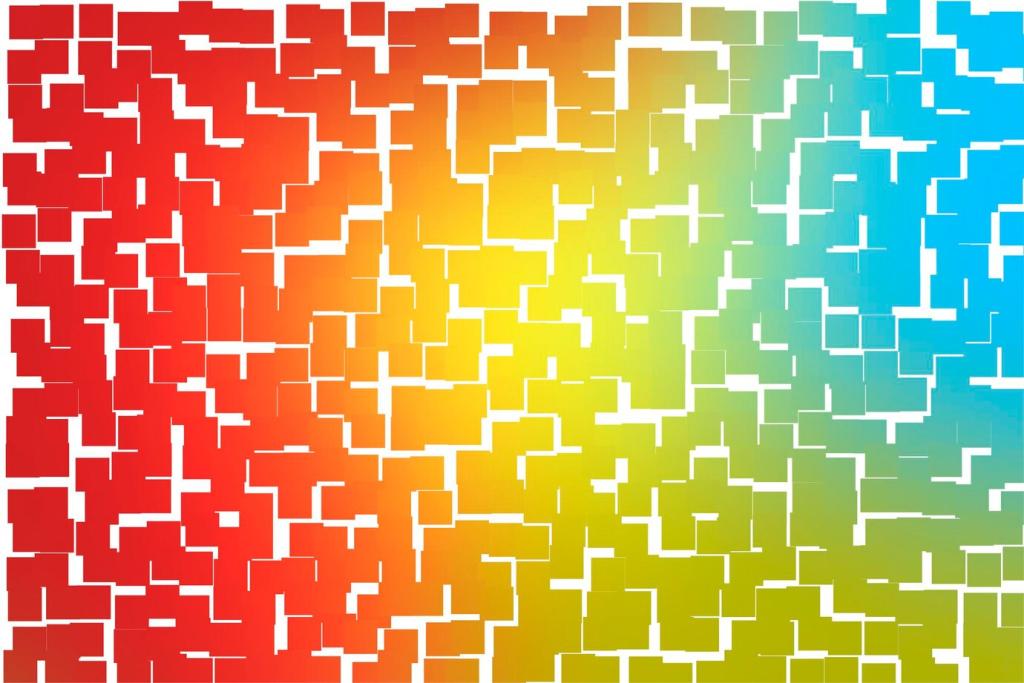How You Can Plug In: Actions That Multiply
Inventory dormant cloud resources, archive bulky media, and enable carbon-aware settings. Tell us what you found, and we’ll highlight the most creative fixes from readers in next week’s roundup.
How You Can Plug In: Actions That Multiply
Volunteer for a water-leak mapping effort, tree-monitoring walk, or farm sensor trial. Real projects teach faster than slides. Comment with your city, and we’ll connect readers forming teams nearby.
How You Can Plug In: Actions That Multiply
We’re building case studies on data centers, farms, mines, and reefs. Subscribe, vote on our next deep dive, and share your story so this community reflects many landscapes, not just one.
How You Can Plug In: Actions That Multiply
Lorem ipsum dolor sit amet, consectetur adipiscing elit. Ut elit tellus, luctus nec ullamcorper mattis, pulvinar dapibus leo.










